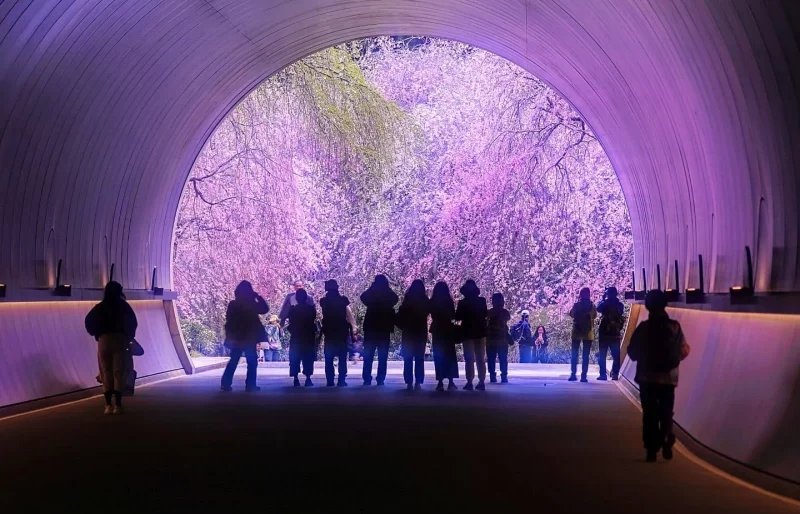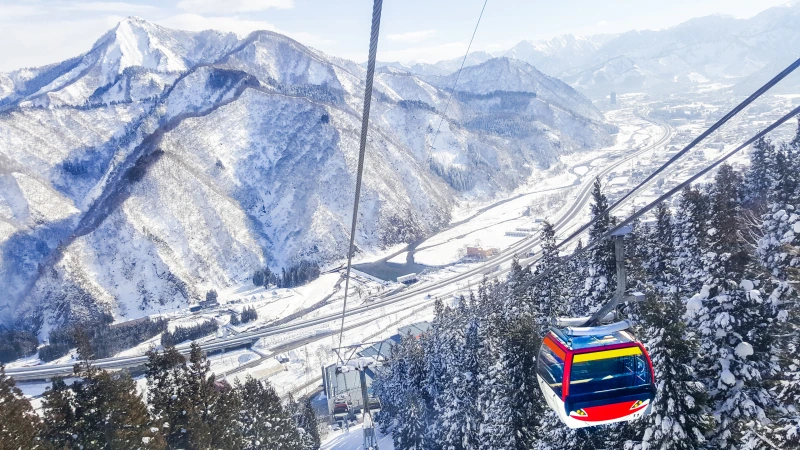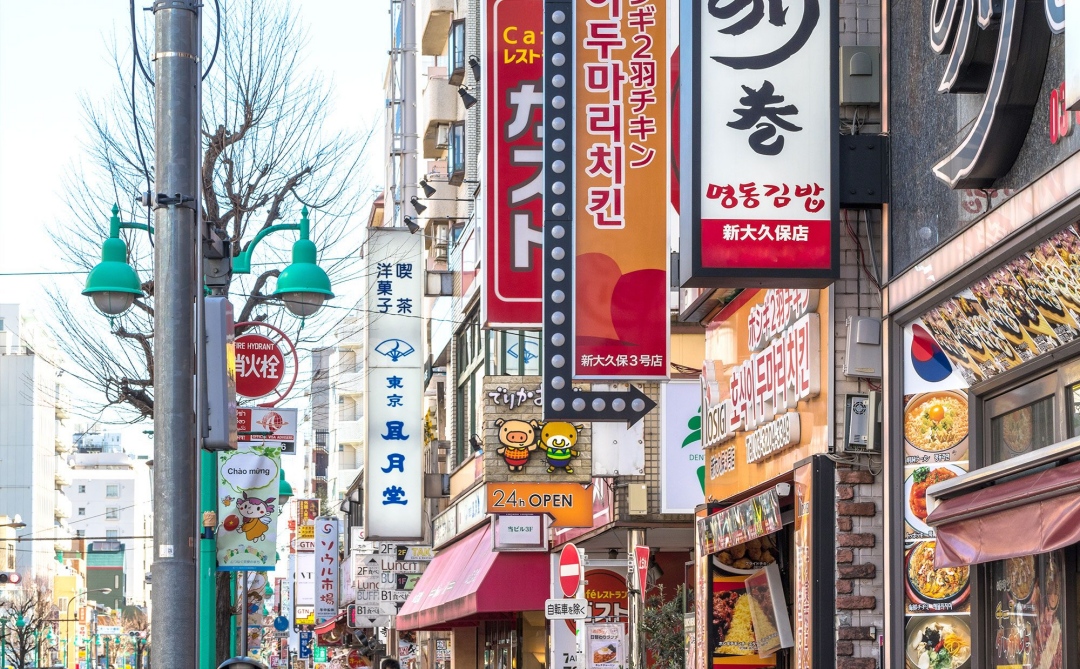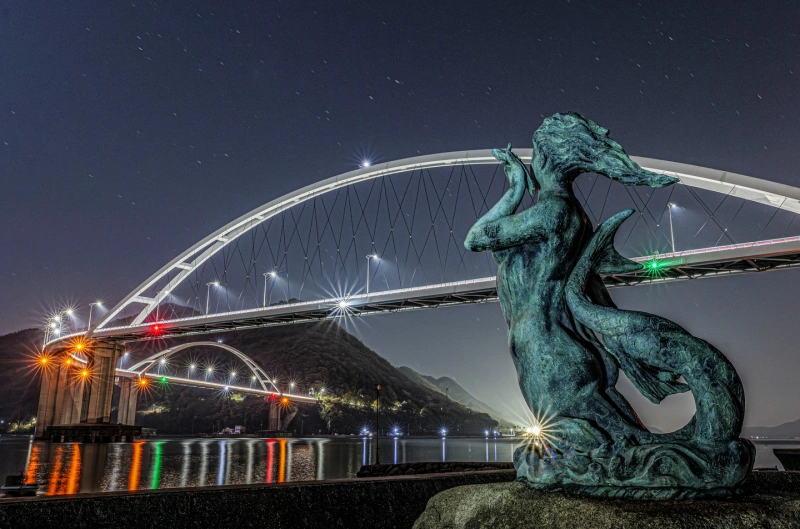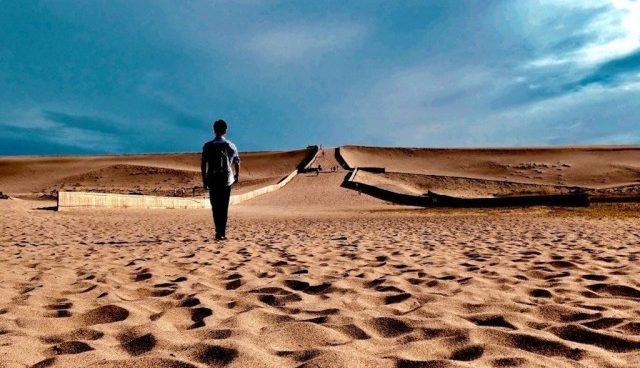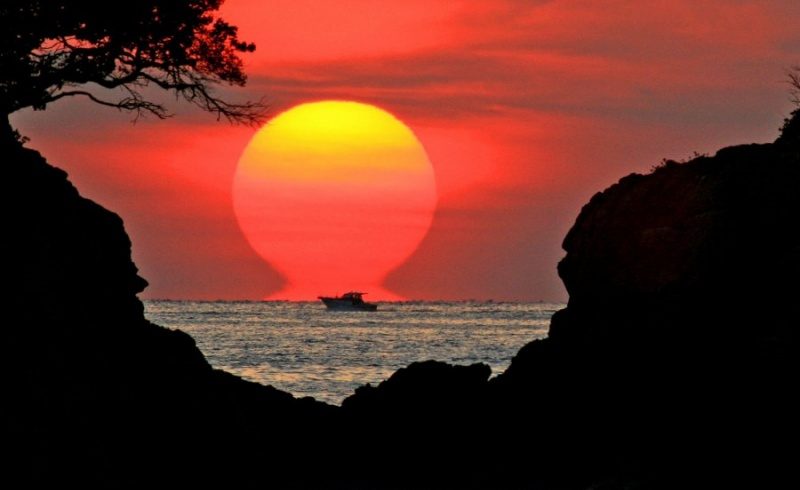Ancient Nara boasts a history spanning over 1,300 years. In 1998, eight cultural heritage sites in Nara City were inscribed as "Cultural Properties of Ancient Nara" on the UNESCO World Heritage list. The year 2024 marks the 26th anniversary of this esteemed registration.
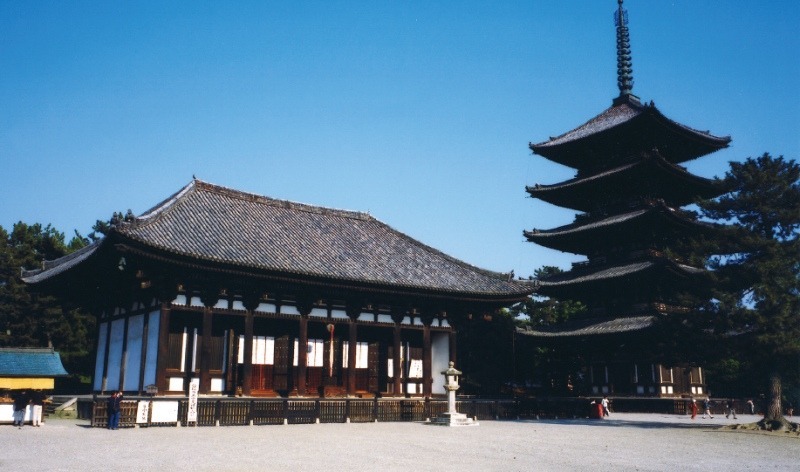
Among Nara's renowned World Heritage sites, Kohfukuji Temple (興福寺) stands out prominently. Its fame is attributed to the presence of the iconic five-story pagoda. Commencing construction in 710 AD during the relocation to Heijō-kyō, the temple is situated at the base of Mount Kasuga, overseeing the ancient capital. The representation of the Apsara-like statue of Heavenly Prince Aśura and the five-story pagoda overlooking Sarusawa Pond are considered quintessential views of the historic Nara. Additionally, the Kannon Bodhisattva statue enshrined in the "Kofuku-ji Hitokoto Kannondo" is venerated both within and beyond the prefecture as a divine icon.
In this discourse, we shall delve into the key attractions of Kohfukuji Temple, ranging from the well-known to the less-explored facets.
The historical lineage of Kohfukuji Temple predates the establishment of Heijō-kyō, and remnants of the Tenpyō era are still discernible.
The inception of Kohfukuji Temple can be traced back to the year 669, approximately 40 years before the imperial court relocated to Heijō-kyō. In an episode where the elder vassal Kuretake fell ill, his wife, Queen Kagami, prayed for his recovery, aspiring for him to ascend the mountain. This led to the establishment of Yamasina-dera, situated in the secluded residence of Kuretake in the former Yamashiro Province.
Incidentally, it's worth mentioning that Yamashiro Province was later renamed "Yamashiro no Kuni" after the imperial capital moved to Heian-kyō, known as "Yamashiro Province" henceforth.
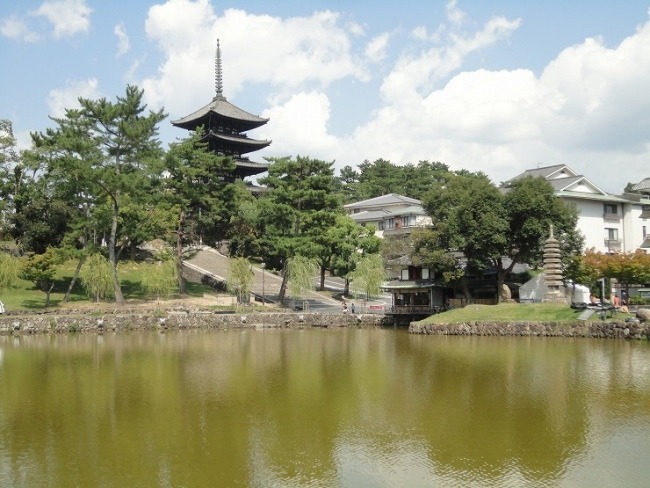
Subsequently, as the capital relocated to Heijō, Kuretake's son, Fujiwara Fuhito, ascended to the position of Right Minister, overseeing the relocation of the temple to its original site and renaming it Hōryū-ji.
Kohfukuji Temple eventually ascended to prominence as one of the "Four Great Temples" of the nation. Flourishing under the protection of the imperial court during the Heian period, the term "Nanto" specifically referred to Hōryū-ji, a creation within the interactions of the court nobles and aristocracy.
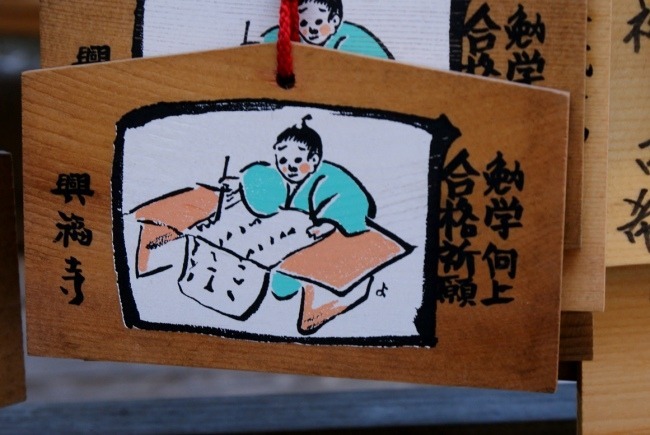
The construction of Kohfukuji Temple commenced with the Chūkondō by Fujiwara Fuhito. However, following Fuhito's demise, the temple's development evolved into a national endeavor in Japan.
Despite multiple instances of halls and pagodas being ravaged by fires, it wasn't until the medieval period, under the generous patronage of the Fujiwara Sekkan family, that reconstruction took place. Four structures, including the Hokkendō, Sanjūnotō, Gojūnotō, and Tōkondō, were designated as national treasures.
Since the Heian period, the integration of Shinto and Buddhism at Kasuga Taisha has been seamlessly woven together. The shrine's territory, exceeding 17 times the current area of Kohfukuji Temple, expanded through the amalgamation of the two faiths. Notably, a significant portion of present-day Nara Park was formerly part of the land owned by Kasuga Shrine and Kohfukuji Temple.
What is the energy point of Kohfukuji Temple "Kofuku-ji Hitokoto Kannondo"?
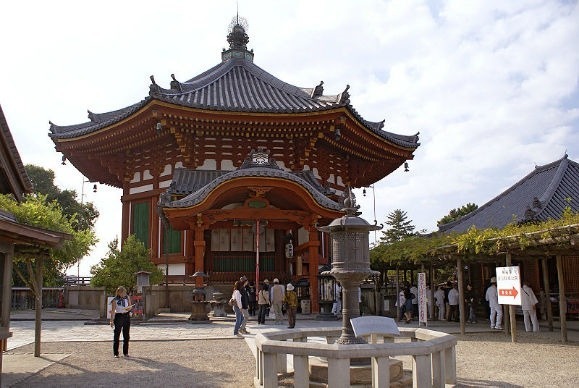
Situated directly north of the Nanendo, the "Kofuku-ji Hitokoto Kannondo" houses the sacred Eleven-faced Kannon and the Fukukenjaku Kannon, both revered as esoteric Buddhist statues collectively known as the "Hitokoto Kannondo."
The name "Hitokoto Kannondo" originates from the devoted chanting of the Bodhisattva Kannon's name with a singular focus. Over time, a belief emerged that it embodies the power of "one word" or "one wish."
This spiritual icon, sought after for its efficacy, witnesses a constant stream of worshippers day and night.
Prayers are made for "family safety," "healing," "smooth childbirth," "academic success," "traffic safety," and "prosperous business." It is a sacred place easily visited in the early morning, popular not only among tourists but also among the local residents of Nara Town.
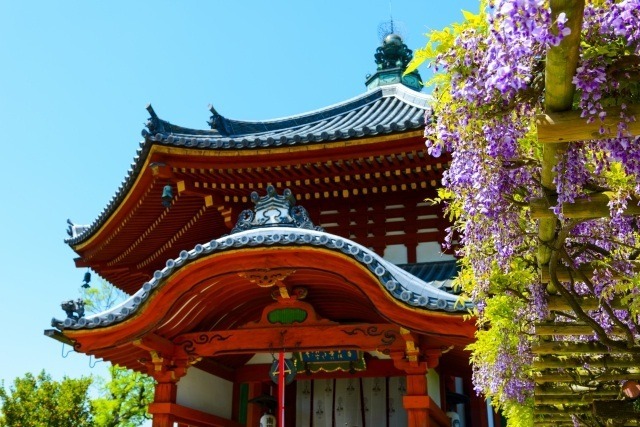
Behind the "Hitokoto Kannondo" there lies the beautiful Wisteria trellis known as the "Wisteria of Kofuku-ji Nanendo," renowned as one of the Eight Views of Nanto during the Muromachi period. In May, the purple wisteria blossoms, emitting a fragrant aroma.
The Nanendo as an octagonal hall, is the largest of its kind in Japan. Despite being rebuilt four times after being destroyed in fires during the Edo period, specifically in 1789, it has been designated as an important cultural property.
Furthermore, during the "Hokujo-sai" held on April 17th at the Ichigon Kannon-dō, based on the Buddhist doctrine emphasizing compassion for all sentient beings, fish are released into the Sarusawa Pond.
The National Treasure Hall also holds captivating treasures, including precious temple artifacts such as the Aśura statue.
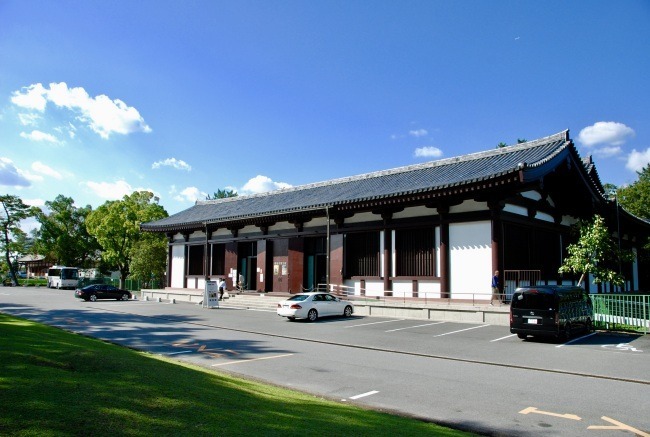
Numerous national treasures passed down from Kohfukuji Temple are not to be missed. The temple preserves 10% of Buddhist statues designated as national treasures.
Standing before the Aśura statue, one of Japan's most renowned Buddhist sculptures housed in the National Treasure Museum, visitors are awe-struck despite its slender form. Its presence has the power to resonate deeply within one's heart.
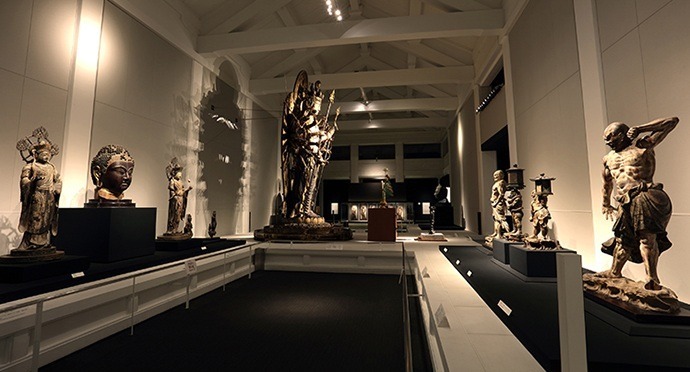
Commissioned by Empress Kōmyō in 730 AD, the Five Story Pagoda has endured five fires over the centuries. The current structure represents the sixth reconstruction during the Muromachi period.
Rising approximately 50.8 meters, it stands as Japan's second-tallest extant wooden pagoda and the eighth oldest. It provides an excellent vantage point to admire the majestic Five-story Pagoda reflected in the Sarusawa Pond.
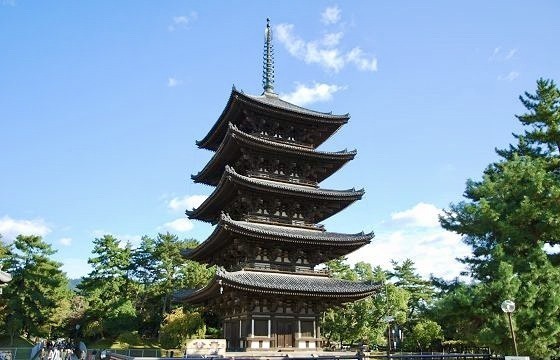
The main image of the Tōkondō (East Golden Hall) is the Yakushi Nyorai (Healing Buddha). It is believed to alleviate misfortune and suffering, heal diseases, prolong life, bring inner peace, and guide individuals onto the path of righteousness. Constructed in 726 AD, two years into the reign of Emperor Shōmu, wishing for the recovery of his aunt, Empress Genmei. However, after five fires, the current structure dates back to the reconstruction in 1415.
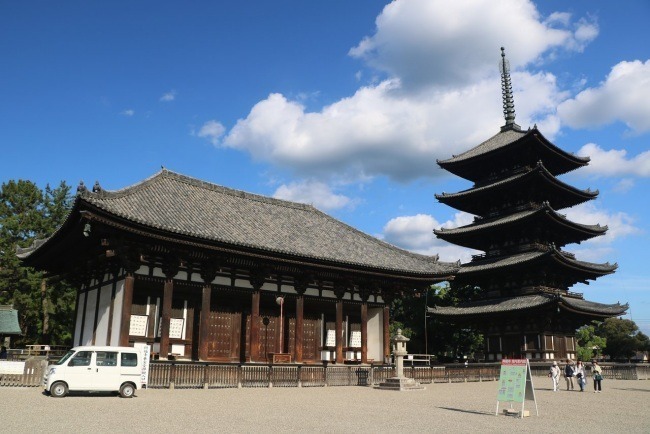
The central Chūkon-dō (Middle Golden Hall) of Hōryū-ji Temple has undergone seven reconstructions since its establishment. The eighth generation Chūkon-dō was completed in October 2018, restoring the appearance of the Tenpyō era for the first time in approximately 300 years!
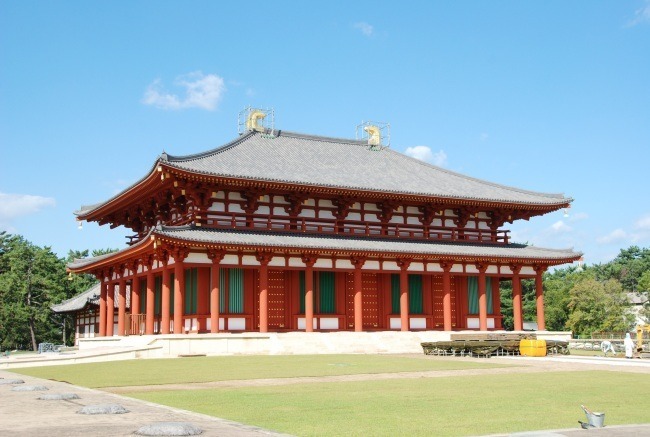
The Five-story Pagoda are undergoing their first major overhaul in 120 years
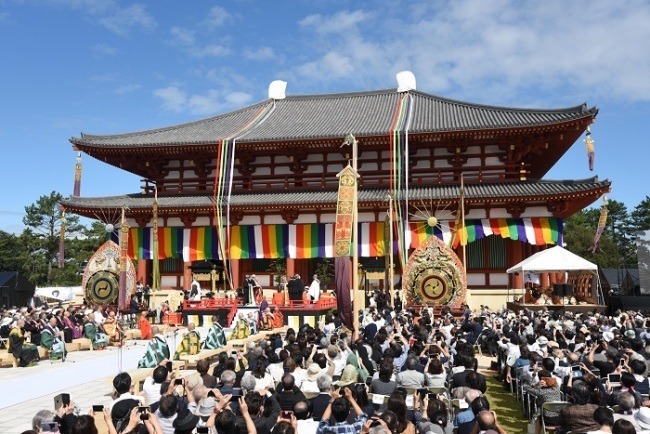
The Five-story Pagoda is currently undergoing its first major renovation in approximately 120 years. The restoration project is slated for completion after March 2031.
The construction of the flat roof, covering the entire pagoda, is expected to be finished around the fall of 2024. During this period, the pagoda will be concealed from view, providing an opportunity for visitors to explore the shrine before the renovation progresses.
In commemoration of the 25th anniversary of its World Heritage designation, Kohfukuji Temple has introduced the "New Nanto Eight Views" in addition to the traditional "Nanto Eight Views," which has been passed down for over 700 years. One of the options includes "Viewing Kohfukuji Temple from Mount Wakakusa."
- Kohfukuji Temple (興福寺)
- Address: 48 Tōdaijimichi, Nara, Nara Prefecture
- Access: Kintetsu Nara Station / JR Nara Station
- Admission:
[National Treasure Hall] University students and above: 700 yen / Junior and senior high school students: 600 yen / Elementary school students: 300 yen
[Tōkondō] University students and above: 300 yen / Junior and senior high school students: 200 yen / Elementary school students: 100 yen
[Chūkondō] University students and above: 500 yen / Junior high school students: 300 yen / Elementary school students: 100 yen - Closed: No fixed closing days
- Opening hours: 9:00-17:00 (last entry at 16:45)
- Website: https://www.kohfukuji.com/
